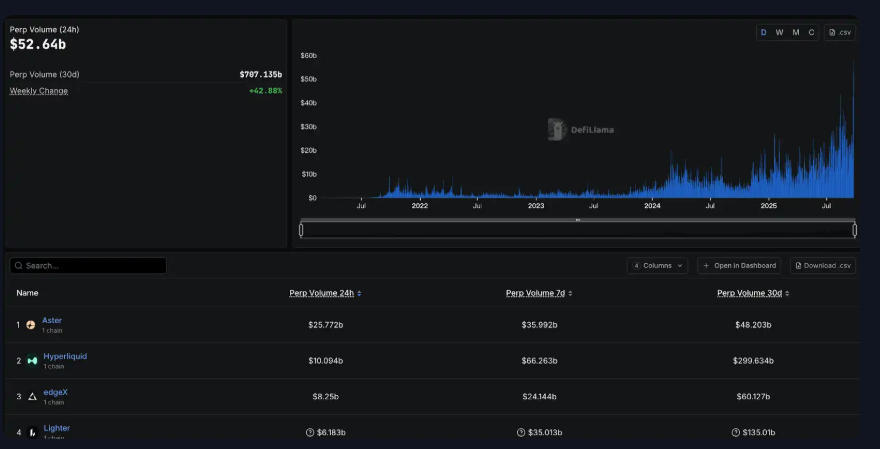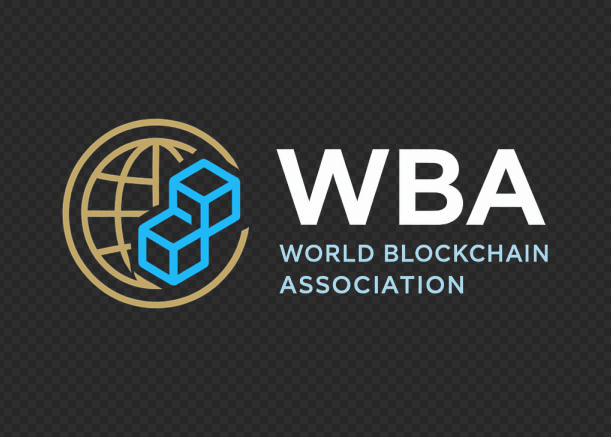
By the World Blockchain Association | October 4, 2025
The World Blockchain Association (WBA) reports that global fintech giant Stripe is making one of the most consequential moves in digital finance — a multitrillion-dollar wager that Stablecoins will form the backbone of next-generation payment infrastructure. This transition could reshape how Cryptocurrency, DeFi, and Web3 ecosystems integrate with global payment networks, potentially rewriting the financial architecture that moves trillions of dollars daily.
While Bitcoin and Ethereum have long captured the public imagination, it is the quieter, less volatile Stablecoin sector that may soon command center stage in financial innovation. Stripe’s acquisition of Bridge — a startup building Stablecoin payment APIs — and its work on a new blockchain network, Tempo, signal that the company is not merely experimenting but positioning itself as a leader in tokenized finance.
From Fintech Pioneer to Crypto Transformer
Stripe, once the quintessential fintech success story, processing over $1 trillion annually in global transactions, now finds itself at the forefront of a Crypto-to-Fintech convergence. The company’s bet is clear: Stablecoins are no longer speculative tools but the future rails of money movement.
In 2023, Stripe acquired Bridge, a startup founded by Zach Abrams, a former Coinbase and Brex executive. Bridge had developed APIs that enable businesses to use USDC and other Stablecoins to transfer value seamlessly across borders — with lower fees and near-instant settlement. Abrams’ vision was to bridge the gap between traditional fiat banking systems (Layer 1) and blockchain-based tokenization layers (Layer 2) — a mission now fully embraced by Stripe.
According to the World Blockchain Association, this acquisition marks a defining moment: “Stripe’s integration of Stablecoin payment rails could become the model for future fintech infrastructure — combining regulatory compliance, global liquidity, and blockchain efficiency.”
Why Stablecoins Are Winning
Unlike volatile assets like Bitcoin or Ethereum, Stablecoins are pegged to fiat currencies such as the U.S. dollar. This gives them the stability necessary for mainstream payments, payroll, remittances, and commerce. What was once seen as a niche crypto product has become a critical layer in global financial networks.
Bridge’s technology enables developers to use Stablecoins for cross-border payroll, business-to-business settlements, and even humanitarian aid disbursements — with APIs that abstract away blockchain complexity. Abrams explained in a recent discussion that the challenge was not ideological but practical: “We weren’t trying to replace money. We were trying to make money movement more efficient.”
In one case, Bridge worked with organizations distributing aid across Latin America. Traditional banking systems struggled to process thousands of small transactions efficiently. Using Stablecoins, however, those same payments could be made instantly, transparently, and at a fraction of the cost.
Tempo: Stripe’s Next-Generation Blockchain Network
At the heart of Stripe’s Stablecoin strategy lies Tempo, a new EVM-compatible Layer 1 blockchain being built with a consortium of fintech partners. Unlike speculative crypto networks, Tempo is engineered for real-world payments — prioritizing throughput, low latency, and privacy.
According to internal sources, Tempo is not designed as a private or closed network but as a public utility-grade blockchain optimized for payment volume. Its architecture supports tokenized fiat, corporate Stablecoins, and digital assets, making it a potential global settlement layer for Web3-native and traditional financial institutions alike.
The World Blockchain Association notes that this move could signal the rise of “Financial Web3” — a new era where tokenized money, not just decentralized speculation, becomes the dominant use case for blockchain.
A New Market Structure: Corporate Stablecoins and Interoperable Clearing
One of the most profound insights from Stripe’s integration of Bridge lies in its prediction of the Stablecoin market’s evolution. Abrams suggests that only a few global Stablecoins — such as USDT and USDC — will remain dominant due to their liquidity and network effects. However, an emerging trend may prove even more transformative: corporate-issued Stablecoins.
Imagine a near future where major companies like Walmart, Robinhood, or PayPal issue their own internal Stablecoins — “Walmart Dollars” or “PayPal USD” — for internal settlements, treasury management, and reward ecosystems. These tokens could circulate freely within corporate networks while still interoperating with public Stablecoins through clearing houses or DAO-governed exchanges.
Such an evolution would mirror the multi-currency systems of the past, but in a digital, programmable format — all powered by tokenization and blockchain interoperability.
As the World Blockchain Association observes, “We may soon witness the emergence of a hybrid monetary ecosystem — where traditional fiat, corporate Stablecoins, and decentralized tokens coexist under interoperable payment infrastructure.”
The Global Payment Race: Fintechs vs. Banks
This shift poses an existential question for the global banking sector. As Web3, DeFi, and tokenized assets gain real-world utility, banks risk being reduced to mere “settlement layers,” while fintechs like Stripe, Circle, and even PayPal capture customer relationships, data, and value flows.
Financial institutions are beginning to react. Major banks are already exploring tokenized deposits and blockchain-based clearing networks to retain relevance. However, the pace of innovation in fintech remains far faster than traditional banking reform.
The World Blockchain Association predicts that within five years, Stablecoin-based networks will handle a meaningful percentage of cross-border corporate payments — particularly in emerging markets, where existing banking infrastructure is costly and unreliable.
This is more than a technical evolution. It’s a geoeconomic realignment, as nations and corporations race to control the monetary plumbing of the digital age.
The Logic Behind Stripe’s Trillion-Dollar Bet
To outsiders, Stripe’s move into Stablecoins may seem risky. Yet, when viewed through the lens of payment economics, it is a logical step. Each year, trillions of dollars flow through ACH, SWIFT, and card networks, generating billions in fees and latency costs. Stablecoin networks eliminate intermediaries, providing instant settlement and full transaction visibility via blockchain.
For Stripe, integrating Stablecoin rails is not about ideology — it’s about efficiency. The company’s infrastructure already supports billions of transactions for e-commerce and subscription payments. By embedding Stablecoin settlement, Stripe could cut costs dramatically, enhance liquidity, and expand its presence in markets underserved by legacy banking.
In other words, this is less a “crypto pivot” and more an infrastructure upgrade for the digital economy.
AI, Tokenization, and the Next Decade
Beyond payments, the World Blockchain Association points to the convergence of AI and Tokenization as another frontier accelerated by Stripe’s move. As artificial intelligence agents begin to manage funds and execute transactions autonomously, Stablecoins could become their preferred medium of exchange — programmable, transparent, and globally liquid.
This opens the door to autonomous financial systems, where AI-driven wallets and DAOs handle payments, lending, and asset management — all running on Stablecoin infrastructure.
In this emerging paradigm, Stripe’s Tempo network and Bridge APIs could serve as foundational layers for an AI-driven financial web — enabling machine-to-machine micropayments, decentralized remittance systems, and programmable yield strategies built on DeFi principles.
Conclusion: Stablecoins as the Future of Money
Stripe’s trillion-dollar Stablecoin initiative represents more than a business expansion — it’s a strategic recognition that money itself is becoming software. In the same way that cloud computing transformed enterprise IT, Stablecoin rails will transform global finance — compressing settlement times, cutting fees, and democratizing access to liquidity.
The World Blockchain Association believes this is only the beginning. As Bitcoin continues to serve as a store of value, Ethereum as a programmable infrastructure, and Stablecoins as the transactional core, the next decade could see the full realization of a Web3-based financial internet — one that is faster, fairer, and fundamentally global.
About the World Blockchain Association
The World Blockchain Association (WBA) is a global organization dedicated to advancing knowledge, policy dialogue, and innovation in blockchain and digital finance. As a leader in the blockchain and cryptocurrency space, the WBA provides stakeholders with trusted insights at the intersection of technology, regulation, and global economic trends through research, reporting, and thought leadership.
Website: WorldBlockchainAssociation.org
Email: TheWorldBlockchainAssociation@gmail.com







